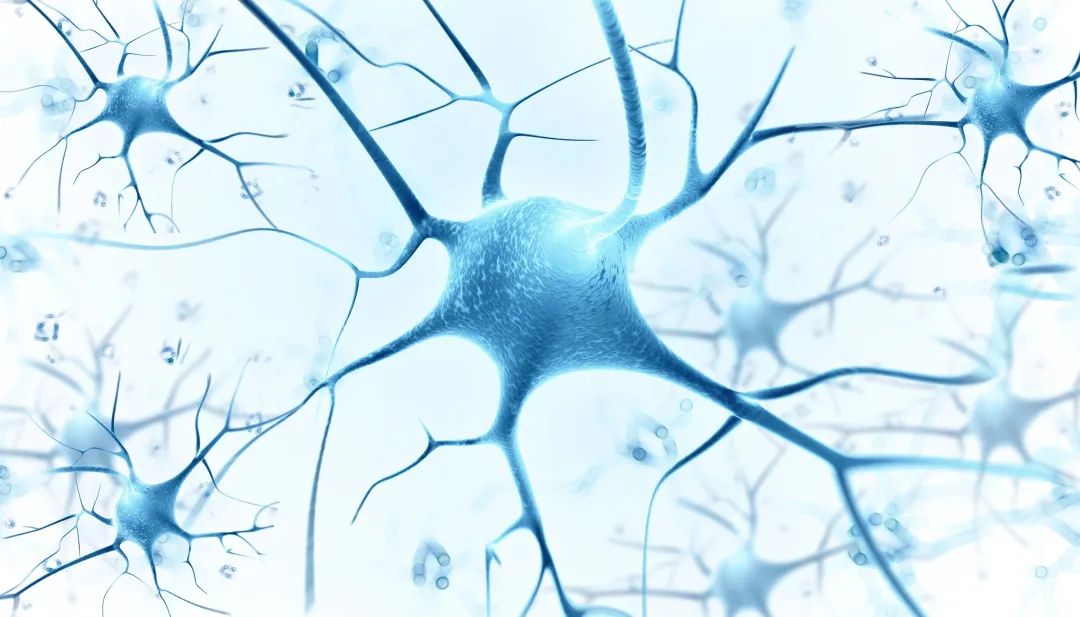
Source: International Stem Cell Research
Stem cell technology is one of the most advanced technologies in the field of life science. Stem cells have the ability to self-renew and differentiate into multiple cell types, so they are considered to have a wide range of applications, including medical treatments, regenerative medicine and cosmetology.

Stem cells get a lot of attention。In the field of medicine, stem cells are used to treat some difficult diseases, such as blood system diseases, autoimmune diseases and tissue and organ damage. For example, hematopoietic stem cell transplantation is widely used to treat blood system diseases such as leukemia, while stem cell therapy is also used to repair heart damage after myocardial infarction and to treat degenerative neurological diseases such as Parkinson's and Alzheimer's disease. In addition, stem cell technology is also receiving attention in the field of beauty. Some people turn to stem cell technology for anti-aging and cosmetic treatments. For example, stem cell injections are used for facial skin regeneration and repair to help improve skin texture, reduce wrinkles and enhance skin elasticity. In addition, stem cells can also be used in fields such as hair growth treatment and facial fillers.
01 What is stem cell
Stem cells are a class of cells that have the potential for self-renewal and multidirectional differentiation, and they are able to continuously self-replicate and generate many different types of cells. These cells have the following important properties: 1. Self-renewal ability: stem cells can produce an identical stem cell through cell division, and keep its number stable. This ability to self-renew allows stem cells to persist for a long time and continue to provide new cells. 2. Multidirectional differentiation potential: stem cells have the ability to differentiate into a variety of different types of cells. This means that they can be transformed into various cell types needed for a particular tissue or organ, such as muscle cells, nerve cells, heart cells, etc. 3. Unlimited proliferation capacity: Unlike most cells, stem cells have a high proliferation potential and can continue to proliferate for a long time. This ability allows stem cells to expand large numbers of cells in vivo or under laboratory conditions. 4. Longevity: Stem cells generally have a longer lifespan than other cells. They are able to maintain their own stable state and persist for a longer period of time, thus providing the body with long-lasting cellular renewal and repair functions.
02 How are stem cells anti-aging
Aging is a complex biological process involving many factors. Here are some possible causes of aging: Genetics: Genetic factors may influence the rate at which the body ages. Some genes have been shown to be involved in aging, for example, the repair and regeneration capacity of cells, immune function, DNA repair, etc. Oxidative stress: Many chemical reactions in the body produce byproducts such as free radicals that can damage cells and tissues. This is called oxidative stress. Chronic oxidative stress can lead to aging and disease. Environmental factors: Various substances and factors that the human body is exposed to in the environment, such as radiation, pollution, ultraviolet rays, etc., may affect the health of the human body and accelerate the aging process. Lifestyle: Lifestyle factors, such as diet, exercise, smoking, drinking, etc., also affect the health of the human body and the rate of aging. Cell aging: In the process of cell division and replication, the telomeres at the end of chromosomes will gradually shorten, which causes the cell to stop dividing and repair itself, resulting in aging. Other: Other factors that may lead to aging include endocrine disorders, chronic inflammation, and immune failure.

Stem cells play an important role in anti-aging. With the increase of age, the number and function of various cells in the human body will gradually decline, resulting in the weakening of body functions, skin relaxation, wrinkles, skin dullness and other problems. Stem cells, on the other hand, have the ability to self-replicate and differentiate into multiple cell types, which can constantly renew and repair various tissues and organs in the body. Stem cells can differentiate into different cell types, such as muscle cells, nerve cells, heart cells, etc., which can replace damaged or dead cells and promote tissue repair and regeneration. In addition, stem cells can secrete a range of growth factors and cytokines that promote cell growth and repair processes. In terms of anti-aging, stem cells can delay the aging process of the body by constantly renewing and repairing various tissues and organs of the body. Some studies also show that stem cells can regulate the function of the human immune system by secreting a variety of growth factors and cytokines, improve the body's resistance and immunity, and reduce the incidence of chronic diseases. In addition, some studies have also found that by transplanting stem cells into the body, you can improve muscle strength, improve skin elasticity and skin tone, and enhance memory and cognitive ability, so as to achieve anti-aging effects.
03 What are the benefits of stem cells to the human body
Stem cells also have many benefits for the human body, and they play an important role in physiology and medicine: 1. Tissue repair and regeneration: Stem cells have the ability to differentiate multidirectional and can be transformed into various cell types, including muscle cells, nerve cells, heart cells, etc. This gives stem cells great potential for tissue repair and regeneration. They can replace missing or damaged cells in damaged tissues and promote tissue recovery and functional reconstruction. 2. Disease treatment: Stem cell research offers new possibilities for the treatment of many diseases. By transforming stem cells into specific cell types, they can be used to replace abnormal cells in diseased tissues, for example in heart disease, neurodegenerative diseases, organ failure, etc. In addition, stem cells can also be used in drug development and the establishment of disease models, accelerating the discovery of new drugs and the development of treatments. 3. Organ transplantation and regenerative medicine: Stem cells are widely used in the field of organ transplantation and regenerative medicine due to their self-renewal and multidirectional differentiation characteristics. Stem cells can be used to grow artificial tissues and organs to solve problems such as donor shortages and rejection. This opens up new treatment options for patients with organ damage or organ failure. 4. Disease modeling and drug screening: The application of stem cells can also be used for disease modeling and drug screening. By transforming a patient's stem cells into specific cell types, the development and course of the disease can be simulated and used for the study of disease mechanisms and the evaluation of drug efficacy. This helps accelerate the disease understanding and drug development process.
Stem cell future opens
It is important to note that the research and application of stem cells is still in its early stages, and many questions and challenges still need to be addressed, such as safety, efficacy, ethical issues, etc. However, the potential and promise of stem cells make them an important part of the life sciences field.